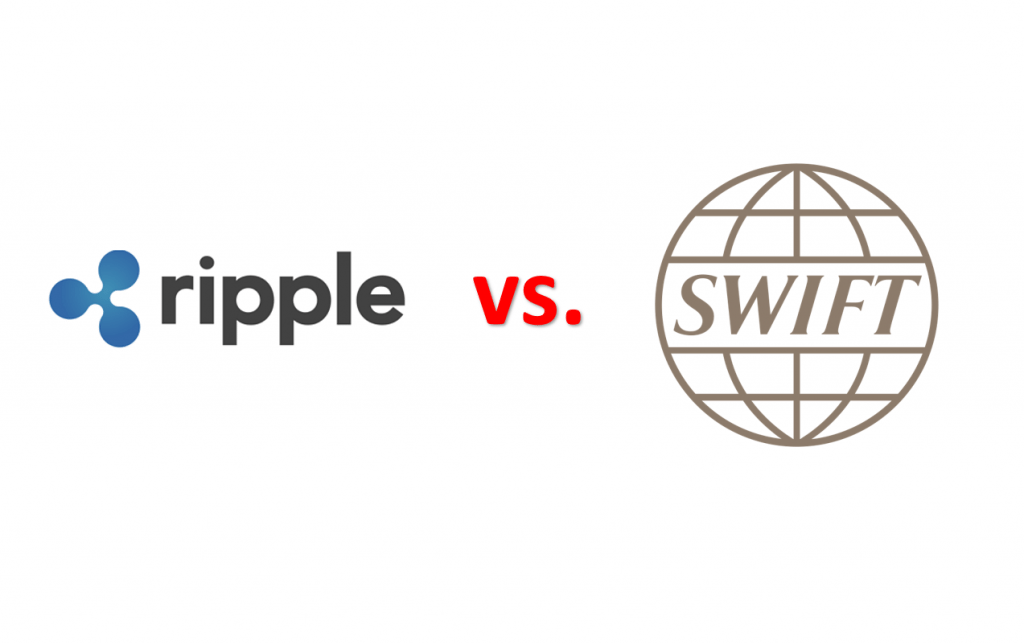Looking at the new platforms and with all the blockchain-based solutions, one can only wonder if this caused SWIFT’s demise. It is indeed an outdated and archaic platform that must be replaced by another one that can better assist todays’ cross-border transactions.
SWIFT, or also known as the Society for Worldwide Interbank Financial Telecommunication was created in 1973 in Brussels, Belgium. It was intended to be a platform that will allow cross-border transactions and exchange of currencies between banks. It has served its purpose, but the platform hasn’t changed much since 1973, and with the new currencies, a new solution is needed.
One of the solutions would be a blockchain-based platform like Ripple (XRP), and it seems it’s the best replacement.
But what does SWIFT lack in solving current issues and can Ripple (XRP) resolve them easily? Let’s check some facts.
SWIFT Issues
In the last few years SWIFT proved to be inefficient, resulting in slow and costly transactions. For example, an international business owner stated that SWIFT hasn’t changed in 25 years.
The owner has a company that imports accessories from Australia and China, which then sells them around the world. He has done this for the last 25 years and has dealt with transactions in foreign currencies. Among many of his recent frustrations with the cross-border transaction are the following cases:
The company owner made a USD transfer from his USA HSBC account to a China HSBC account, and the transaction lasted 4 business days, considering the operation was of the same currency and within the same bank.
The business owner made a transfer from Australia to Switzerland in AUD (the same currency), but not only it took the transaction to complete in four days, it also took a commission fee of 5%, because the bank transformed AUD to CHF and then back into AUD as it reached the Swiss account. The man got his 5% back, but that was after a complaint and a wait of two weeks.
In a different transaction which involved a high amount of money in USD currency sent to a China HSBC account, the business owner couldn’t put the full name of the account holder because it was too long. He sent it with a missing letter and the payment was rejected. The funds were retained for 5 business days, and the incident was solved, with the transaction lasting nine days.
Can Ripple Solve These Issues?
Ripple uses xRapid to carry the XRP token to source liquidity. It can solve all the above problems and many other that people have encountered so far. The transactions takes 3 seconds to complete, regardless of the destination of the funds or the currency difference, plus transactions require almost zero fees.
Ripple Labs works with over 100 bank institutions to improve the conditions, but the banking sector is reluctant to adopt xRapid. Will the sector accept the fact that right now Ripple (XRP) is a clear solution to the current issues? We don’t know, but all we know Ripple (XRP) is much better than SWIFT at the moment.
